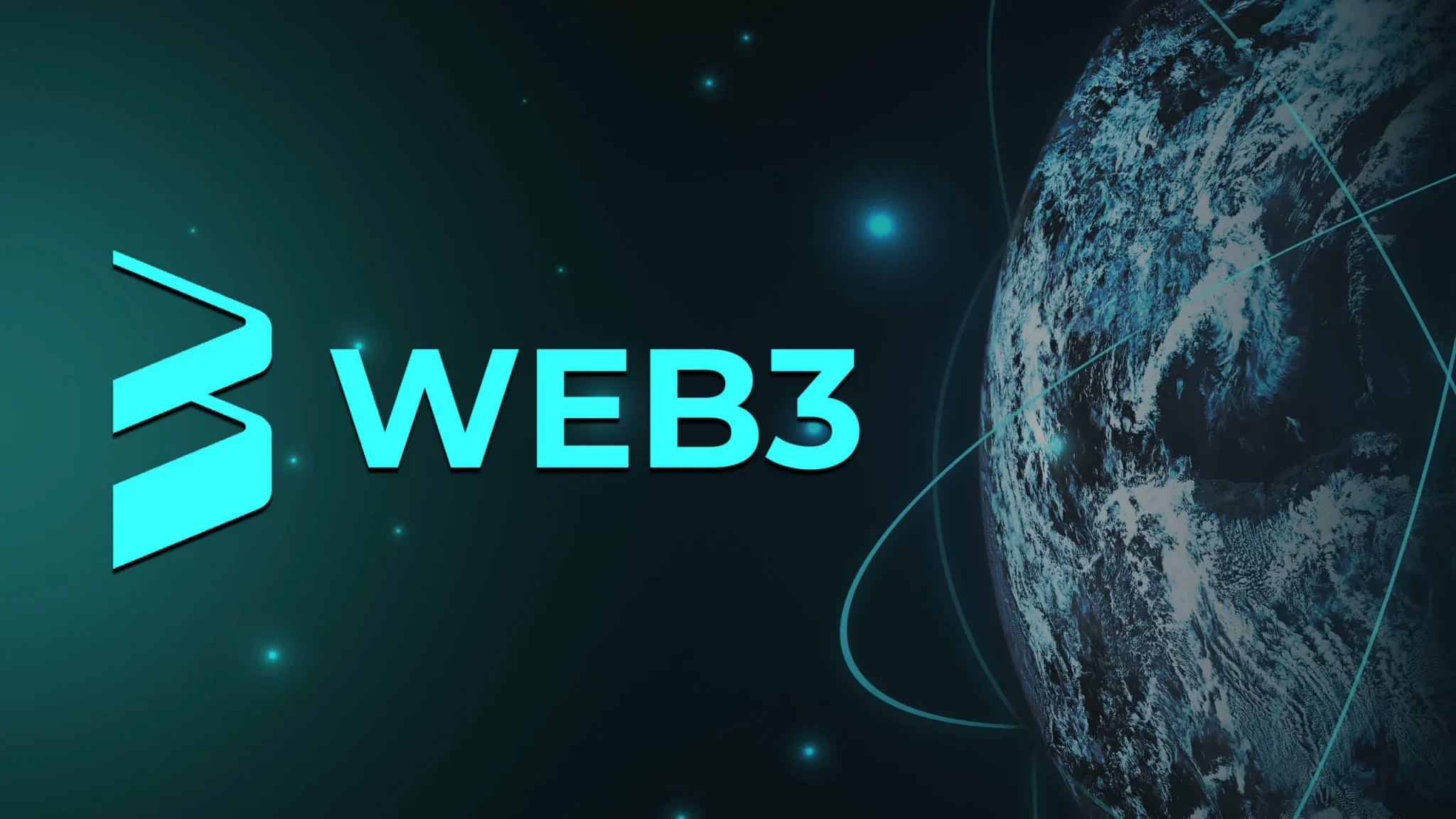The term Web3 has been thrown around a lot lately, although many people aren’t entirely sure what it means. The idea behind Web3 is that it’s a future version of the internet where ownership is more widely distributed.
Web3 cuts out the middleman so people can browse the internet without relying on sites like Facebook or Twitter. It’s about taking the power back from large tech companies and creating a decentralized system using blockchain technology.

What is Web3, and why is it necessary?
Web3 is short for Web 3.0, and it’s an umbrella term that refers to the next iteration of the internet. Gavin Wood coined the term in 2014 after developing the cryptocurrency Ethereum.
But to understand Web3, you have to understand Web 1.0 and Web 2.0. Here is a brief rundown of what those terms mean:
- Web 1.0: Web 1.0 was the beginning of the internet, and it was characterized by decentralized, open protocols.
- Web 2.0: Web 2.0 represented a paradigm shift in how the internet was used — bland, static web pages were replaced by social connection and user-generated content.
We’ve been operating under Web 2.0 for the past 20 years, and it’s brought significant changes to the internet. Social media networks and blogs allowed for more connectivity, and massive amounts of content were generated.
But most of this data is controlled by large tech companies like Meta, Google, Amazon, and Apple. These companies own and profit from the content shared and control who gets banned from these platforms.
With Web3, users can control their own data using a personalized account, creating a public record on the blockchain. It’s an unproven idea, but it’s generating a lot of excitement among the tech industry.
Is Web3 the future of the internet?
The big vision behind Web3 is that users can use the internet to share photos, chat with friends, and buy things without relying on Big Tech. Instead, these actions will be completed by using services on the blockchain.
And every time you engage in an action online, like making a purchase, you’ll earn a token. In this way, everyone can benefit from contributing to the internet instead of just a handful of large companies reaping the majority of the rewards.
Web3 is also meant to be more user-specific and provide better privacy and data security. Of course, all of that is still theory at this point. And in all likelihood, Web3 will operate alongside Web 2.0 instead of replacing it outright.
But the idea continues to gain momentum, and many engineers are leaving big tech to join Web3 companies. And there’s no doubt that there’s a lot of excitement about blockchain technology.
So while it’s unclear exactly what will happen, Web3 seems to have the potential to make a significant impact on the future of the internet.